Increased Focus on Aesthetic Value
The Cladding System Market is increasingly characterized by a heightened focus on aesthetic value in building design. As competition intensifies among developers and architects, the visual appeal of structures has become a critical differentiator. Cladding systems are now viewed not only as protective elements but also as integral components of architectural expression. Recent trends indicate that consumers are willing to invest in high-quality cladding materials that enhance the overall look and feel of their properties. This shift towards prioritizing aesthetics is driving manufacturers to offer a diverse range of colors, textures, and finishes. Consequently, the demand for visually appealing cladding solutions is likely to contribute to the expansion of the Cladding System Market.
Rising Demand for Energy Efficiency
The Cladding System Market is experiencing a notable increase in demand for energy-efficient building solutions. As energy costs continue to rise, property owners and developers are increasingly seeking cladding systems that enhance thermal insulation and reduce energy consumption. According to recent data, buildings equipped with advanced cladding systems can achieve energy savings of up to 30%. This trend is further fueled by regulatory frameworks that promote energy efficiency in construction. Consequently, manufacturers are innovating to provide cladding materials that not only meet aesthetic requirements but also contribute to lower operational costs. The emphasis on sustainability and energy efficiency is likely to drive growth in the Cladding System Market, as stakeholders prioritize long-term savings and environmental responsibility.
Regulatory Standards and Building Codes
The Cladding System Market is increasingly shaped by stringent regulatory standards and building codes that govern construction practices. Governments and regulatory bodies are implementing more rigorous guidelines to ensure safety, sustainability, and energy efficiency in building designs. These regulations often mandate the use of specific cladding materials that meet fire safety, thermal performance, and environmental impact criteria. As a result, manufacturers are compelled to innovate and adapt their product offerings to comply with these evolving standards. The emphasis on compliance not only enhances the safety and longevity of buildings but also drives the demand for advanced cladding solutions. Consequently, adherence to regulatory frameworks is likely to be a significant driver of growth in the Cladding System Market.
Technological Advancements in Materials
The Cladding System Market is witnessing a transformation driven by technological advancements in materials science. Innovations such as lightweight composites, high-performance insulation, and self-cleaning surfaces are revolutionizing the cladding landscape. These advancements not only improve the functional properties of cladding systems but also enhance their aesthetic appeal. For instance, the introduction of smart materials that respond to environmental changes is gaining traction among architects and builders. Furthermore, the integration of technology in manufacturing processes is leading to more efficient production methods, reducing costs and waste. As these technologies become more accessible, they are likely to stimulate demand for modern cladding solutions, thereby propelling growth in the Cladding System Market.
Urbanization and Infrastructure Development
The Cladding System Market is significantly influenced by the ongoing trends of urbanization and infrastructure development. As urban populations continue to swell, there is a pressing need for new residential and commercial buildings. This surge in construction activities is expected to propel the demand for cladding systems, which play a crucial role in enhancing the durability and aesthetic appeal of structures. Recent statistics indicate that urban areas are projected to house nearly 68% of the world's population by 2050, necessitating robust infrastructure solutions. Cladding systems not only provide protection against environmental elements but also contribute to the overall design and functionality of buildings. Therefore, the expansion of urban areas is likely to serve as a catalyst for growth in the Cladding System Market.
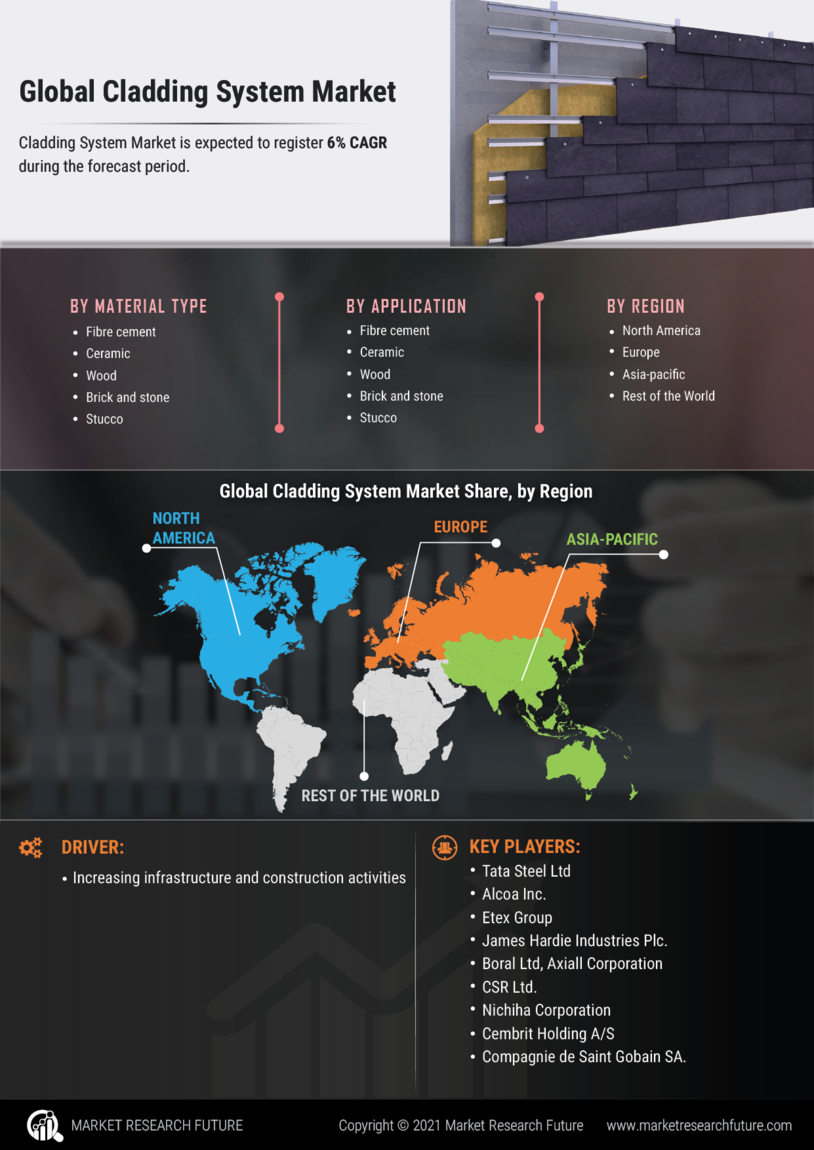

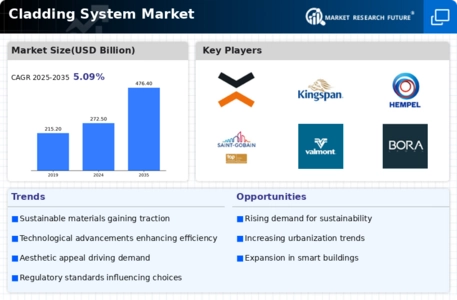
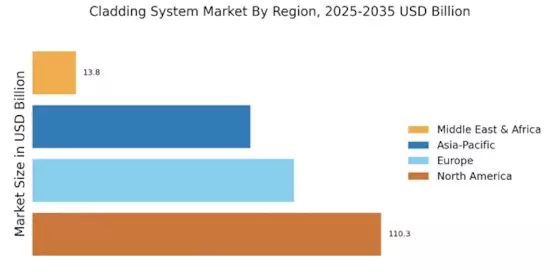
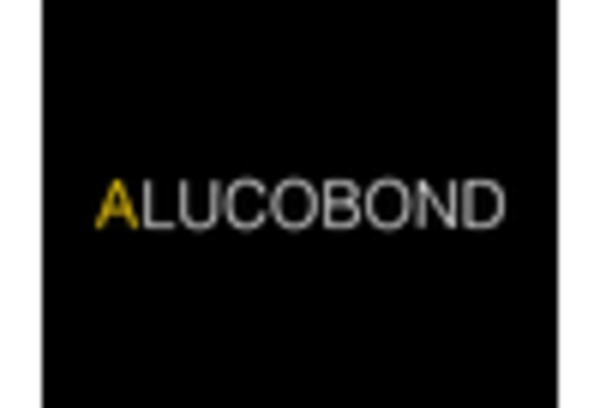
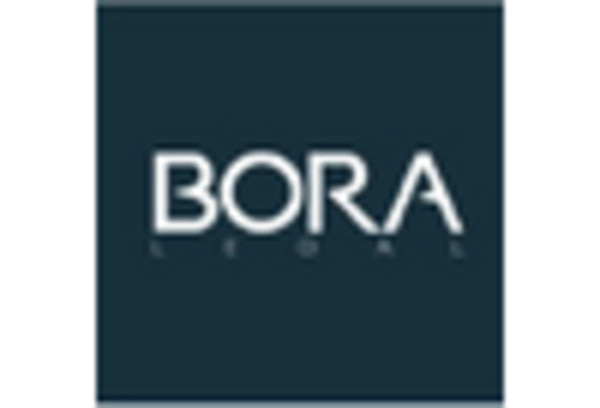
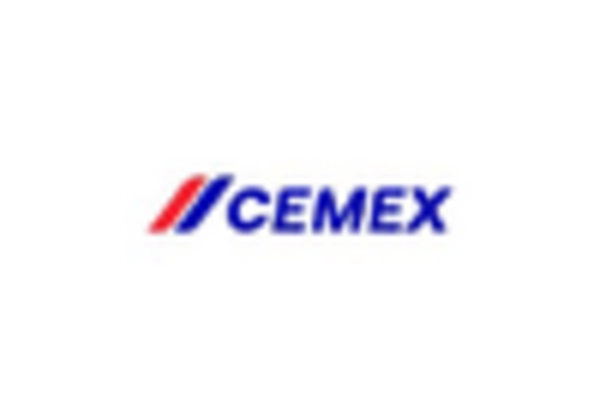
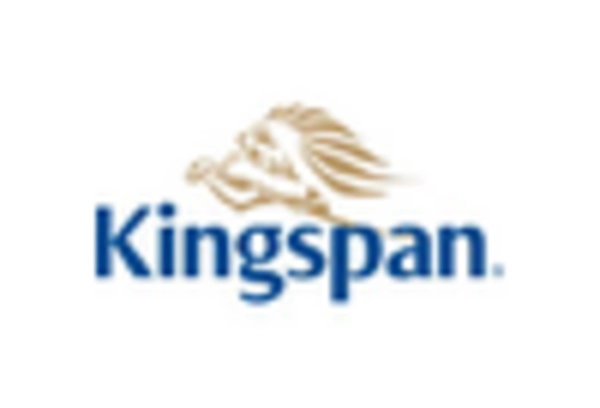
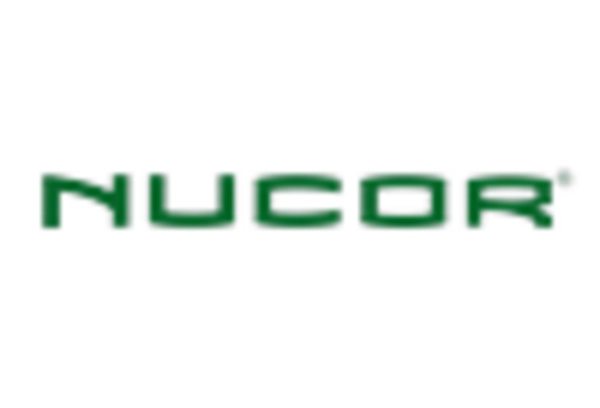









Leave a Comment